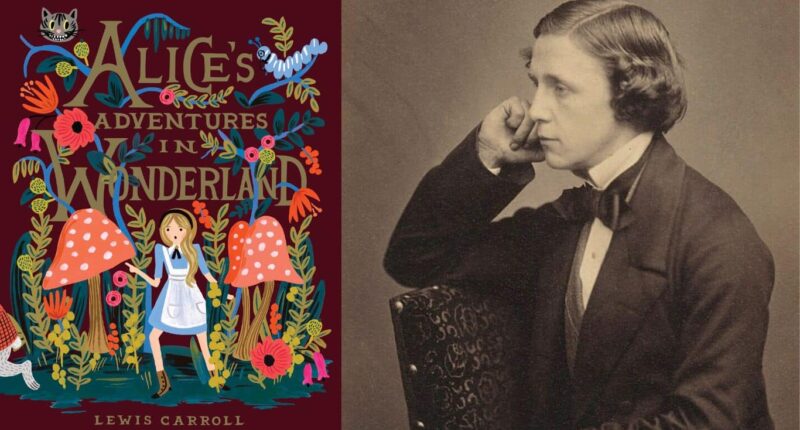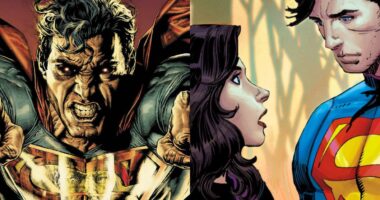10 Best Books of Lewis Carroll: Immersing ourselves in the bewitching world of Lewis Carroll, we find ourselves effortlessly entranced by his exceptional blend of enchanting characters, fantastical settings, and the creative flair that underpins his entire oeuvre. Carroll, or Charles Lutwidge Dodgson as he was known in his everyday life, was more than just a celebrated author; he was a skilled mathematician, and an avid photographer, whose profound love for the unusual and the imaginative gave rise to some of the most beloved classics in children’s literature.
Within the intricate tapestries he wove, we find ourselves falling down mysterious rabbit holes, crossing through enigmatic looking glasses, and deciphering cleverly crafted riddles spun by his uniquely eccentric characters. These elements of the fantastical, intertwined with his masterful manipulation of language and his propensity for logical conundrums, ensure Carroll’s work remains as relevant and enthralling today as it was upon its first release in the 19th century.
Whether you’re a long-time admirer of Carroll’s work or venturing into his captivating universe for the first time, this compilation of the ten best books by Lewis Carroll is guaranteed to provide a comprehensive guide to his most memorable literary offerings. Join us in exploring his most spellbinding narratives, pondering his intellectual pursuits, and appreciating the timeless appeal of his storytelling genius.
10 Best Books of Lewis Carroll
Alice’s Adventures in Wonderland (1865)

Unveiling a world beyond ordinary understanding, ‘Alice’s Adventures in Wonderland’ is a testament to the imaginative prowess of Lewis Carroll. Published in 1865, it introduces Alice, a young, curious girl, who tumbles down a rabbit hole into Wonderland, an absurd and paradoxical realm of anthropomorphic creatures. Carroll’s work masterfully mingles childhood innocence with profound philosophical nuances, giving it multi-dimensional appeal. Its nonsensical nature and compelling characters, such as the Mad Hatter and the Cheshire Cat, continue to captivate audiences, making it a timeless masterpiece in literature. A source of inspiration for countless adaptations, Carroll’s creation serves as an enduring reminder of the limitless potential of imagination.
Through the Looking-Glass, and What Alice Found There (1871)
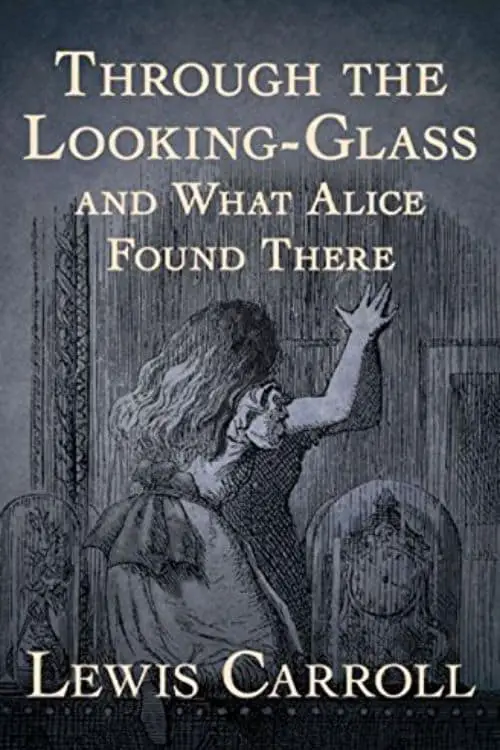
Delving into a fantastical world reflected in her mirror, Alice embarks on another extraordinary journey in Lewis Carroll’s sequel, “Through the Looking-Glass, and What Alice Found There” (1871). It’s a whimsical exploration of logic and illogicality, brimming with memorable characters like the eccentric Red Queen and the enigmatic Tweedledum and Tweedledee. In this nonsensical landscape, everything operates in reverse – time, direction, and even causality. Carroll’s unique blend of absurdity, social satire, and linguistic play forms a compelling narrative that delights and challenges readers, solidifying its place as a treasured classic in children’s literature. Truly, this sequel delivers an intellectual game of chess where Alice navigates through squares of a gigantic chessboard, depicting the complexities of life’s game.
The Hunting of the Snark (1876)

It is an unforgettable creation by Lewis Carroll, penned in 1876. In this delightful nonsense poem, ten eccentric characters embark on a quest for the elusive Snark, an unknown creature, navigating a strange and captivating seascape. Divided into eight ‘fits’ or parts, the narrative showcases Carroll’s trademark wit and linguistic trickery. Complementing the rhymed verse, intricate and sometimes grotesque illustrations by Henry Holiday further enrich this literary voyage. With its paradoxical sense of reality and dreamlike absurdity, the book exemplifies Carroll’s enduring contribution to children’s literature and continues to captivate readers of all ages.
Phantasmagoria and Other Poems (1869)
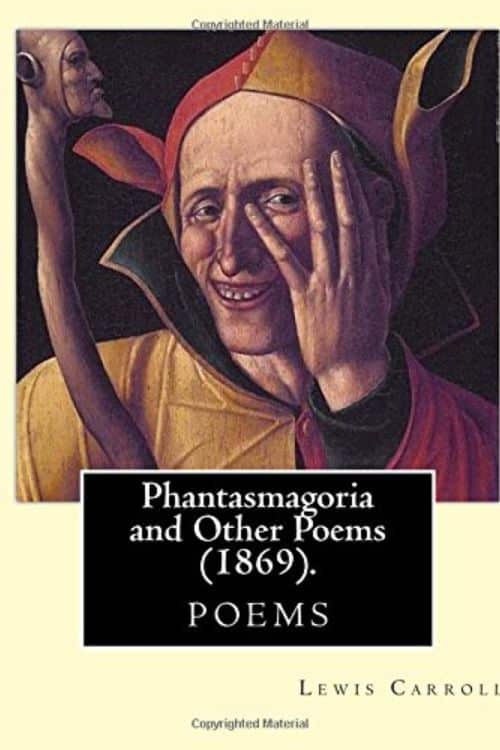
Lewis Carroll’s “Phantasmagoria and Other Poems” (1869) mesmerizes readers with its whimsical and imaginative verses. This enchanting collection transports us to a realm where reality intertwines with dreams, unveiling a tapestry of wit and satire. Carroll’s poetic prowess shines as he weaves tales of peculiar characters and absurd situations, captivating our senses with wordplay and clever rhymes. Within these pages, we encounter ghostly beings, philosophical musings, and humorous anecdotes that tickle the mind. “Phantasmagoria and Other Poems” showcases Carroll’s unique ability to blend the fantastical with the mundane, inviting readers into a world brimming with both laughter and reflection. This collection stands as a testament to Carroll’s indelible mark on literary history, inspiring generations with his ingenious and captivating verse.
Sylvie and Bruno (1889)
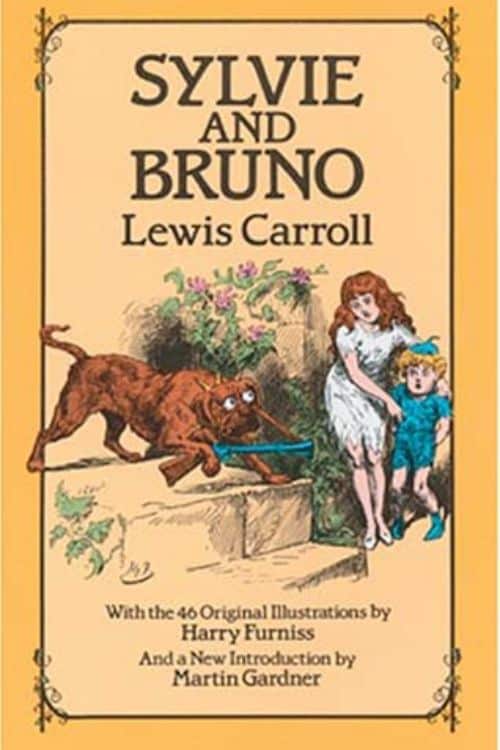
In 1889, Lewis Carroll penned a whimsical tale titled “Sylvie and Bruno.” This captivating book immerses readers in a world where fantasy intertwines with reality. The story follows the adventures of two siblings, Sylvie and Bruno, as they traverse both our earthly realm and the fantastical realm of Fairyland. Carroll’s unparalleled imagination shines through as he weaves a narrative that seamlessly blends humor, wordplay, and social commentary. “Sylvie and Bruno” is not only a delightful children’s book but also a thought-provoking exploration of topics like education, religion, and society. Carroll’s charming characters and vivid descriptions transport readers into a world brimming with magic, mystery, and heartfelt moments.
A Tangled Tale (1885)

Within its pages lies a collection of interconnected mathematical puzzles and stories, woven together with Carroll’s signature wit and charm. As readers embark on this enchanting journey, they encounter a host of eccentric characters, each facing their own perplexing predicament. Carroll’s clever wordplay and intricate riddles challenge the readers’ intellects while igniting their imaginations. The book’s intricate structure and thought-provoking puzzles serve as a testament to Carroll’s passion for mathematics and his ability to fuse it with storytelling.
The Game of Logic (1887)

It is a fascinating exploration of logical reasoning and puzzle-solving. Carroll, renowned for his whimsical tales like “Alice’s Adventures in Wonderland,” takes a different approach in this non-fiction work. Through various puzzles and exercises, he challenges readers to think critically and apply deductive reasoning to solve problems. Carroll’s clever and imaginative mind shines through as he presents complex concepts in a playful and accessible manner. “The Game of Logic” not only provides entertainment but also serves as an educational tool, encouraging readers to develop their logical thinking skills. With its timeless appeal, this book continues to captivate audiences and inspire intellectual curiosity.
Sylvie and Bruno Concluded (1893)
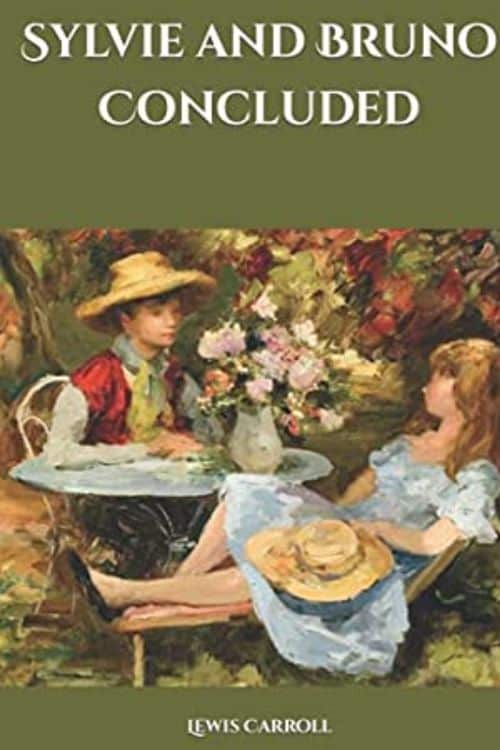
The 1893 book “Sylvie and Bruno Concluded” is the final installment in Lewis Carroll’s whimsical and enchanting series. Picking up where its predecessor left off, the novel delves into the extraordinary adventures of the titular characters. Carroll’s imaginative genius is evident in the vivid portrayal of their fantastical escapades, blending reality and fantasy seamlessly. Through intricate wordplay, playful dialogues, and captivating illustrations, Carroll transports readers into a world brimming with mystery and magic. The narrative intertwines parallel universes, social satire, and philosophical musings, creating a rich tapestry that engages both young and mature audiences alike. Sylvie and Bruno Concluded continues Carroll’s legacy of creating timeless tales that challenge conventional storytelling norms, leaving readers spellbound by its whimsy and intricate literary craftsmanship.
Symbolic Logic (1896)
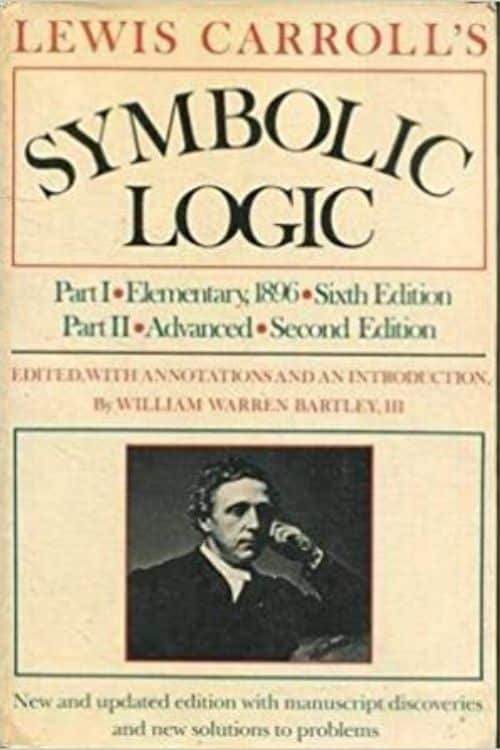
In this intriguing work, Carroll explores the principles and methods of logical reasoning, unveiling the intricate complexities of deductive reasoning and logical propositions. With his characteristic wit and charm, Carroll introduces readers to the captivating world of logical puzzles and paradoxes. Through a series of thought-provoking examples and engaging exercises, he guides us through the labyrinthine corridors of logical analysis, unraveling the intricacies of syllogisms, propositions, and truth tables. Carroll’s unique ability to blend mathematics and literature shines through as he invites readers to embark on a journey of intellectual discovery. Symbolic Logic remains a timeless masterpiece, captivating both enthusiasts of logic and fans of Carroll’s whimsical storytelling.
Euclid and his Modern Rivals (1879)

In 1879, Lewis Carroll published a thought-provoking book that challenged the conventional teachings of Euclidean geometry. Titled “Euclid and his Modern Rivals,” Carroll delved into the intricacies of geometry and presented alternative viewpoints, aiming to engage readers in intellectual exploration. With his characteristic wit and cleverness, Carroll skillfully dissected Euclid’s propositions while introducing conflicting interpretations proposed by other mathematicians. Through insightful discussions and captivating anecdotes, the author ignited curiosity and fostered critical thinking, inviting readers to question established mathematical dogmas. Carroll’s “Euclid and his Modern Rivals” serves as a testament to his intellectual prowess and commitment to expanding minds, showcasing his profound understanding of mathematics and his ability to captivate audiences with his unique writing style.
Also Read: 10 Best Books of Wilbur Smith
